- /
- Blog
- /
- How to Reduce Bounce...
How to Reduce Bounce Rate
and Boost Website Engagement
How to Reduce Bounce Rate and Boost Website Engagement
Imagine flipping the channel on television, looking for a few seconds, then rapidly changing because that one did not interest you. This is very common in life online. Consumers come to your website, make a brief glimpse of the page, and depart almost instantly. But what leads to this behavior? Is your content not so interesting? Could it be too slow, with navigation difficult? Understanding user behavior on a website is important to enhance engagement and help businesses realize their goals.
What is bounce rate?
The bounce rate measures the number of visitors landing on a site that then exit and do not perform any other interactions. For all intents and purposes, a person who lands on your website but then clicks their way back without clicking any additional pages or continuing to explore has bounced.
Why Is Bounce Rate Important?
A high bounce rate usually shows that your site is not that engaging, therefore, not serving the expectations of the users visiting it. This is not inherently bad, although a very high bounce rate often points to more serious problems- perhaps a suboptimal user experience, the pages are slow to load, the content irrelevant, or just a bad CTA. To optimize content and design and in general, increase engagement, understand your site’s bounce rate.
Typical Sources of High Bounce Rate
Slow Page Speed: If it takes too much time to upload your site, visitors may take off before accessing the content itself. Research statistics indicate that customers expect a web page to appear in less than three seconds; optimizing images or using CDNs and minified code can give a huge gain in speed improvement.
Poor Mobile Optimization: Since more and more people are using their mobile phones for browsing, an unresponsive design will simply chase them away. A responsive mobile-friendly website design should include flexible layouts, easy-to-read font sizes, and touch-friendly buttons.
Poor content quality: Lack of relevance, unhelpful, or a poor format doesn’t attract users. Content is valuable, relevant, and formatted with headings, bullet points, and multimedia content.
Poor Navigation: A website with a complicated or cluttered layout makes navigation difficult for visitors. A clear, intuitive menu and a transparent site structure helps in improving the user experience, which in turn reduces the bounce rate.
Misleading Meta Descriptions: When a search result promises something but the page does not live up to it, visitors will bounce right back. Keep meta titles and descriptions consistent with your page content.
Too Many Pop-Ups or Intrusive Ads: This can keep visitors away with frustration. Only use them when necessary and ensure they are easily closable to avoid causing a blow to visitors.
How to Minimize Bounce Rate
Increase the Page Loading Speed: Image optimization, enable cache, reduce heavy scripts for better page load times. Utilize Google PageSpeed Insights as an easy reference tool to optimize bounce rate
Develop Relevant Content: Develop a valuable, useful, and relevantly structured content according to the users’ intention. Conduct research regarding the intent of the search that users might look for in search results.
Optimize for Mobile Users: Make sure that users are able to browse your site with ease from all devices. Apply responsive design and test the site on different screen sizes for possible issues.
Improve Internal Linking: Take visitors to relevant pages in your website, hence increasing the chances of user interaction. Contextual links within the content help in encouraging the users to go deeper into your website.
Use Clear Call-to-Actions (CTAs): Instruct users to subscribe, explore more relevant content, or make purchases. A well-placed and compelling CTA will look as good as it drives tons of engagement.
Want to maximize your marketing ROI? Our audit & consulting services help identify what’s working and what’s not.
Minimize distractions: Avoid having pop-ups, auto-playing videos, and other stuff that scares users away. Simply make it easy and frictionless for consumers to navigate, with content that is easy to consume.
Clear Call-to-Actions (CTAs): The CTAs must encourage the user to subscribe, read related content, or buy. Good, well-placed, and appealing CTAs will make a big difference in increasing engagement.
Engagement Media Leverage: Make video, infographic, and other interesting elements for them to focus.
Enhance Readability: Use proper formatting, shorter paragraphs, use of bullet points, and utilization of images will make content very readable and understandable for the users.
It reflects the user’s engagement and site effectiveness. Causes of bounce rate and strategic improvement will help business sites improve in performance, and keep visitors more on the page, and result in higher conversion rates. Maintaining and adjusting the bounce rate is a consistent process to facilitate an effective experience for users while on the page.
Share this Article On:
Recent Updates
- 12 February 2025
- 12 February 2025
- 12 February 2025
- 12 February 2025
- 12 February 2025
Have a Question?
If you cannot find answers to your queries, please fill out the enquiry form. We will contact you shortly.








